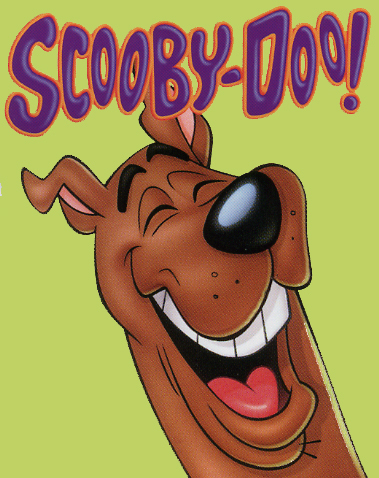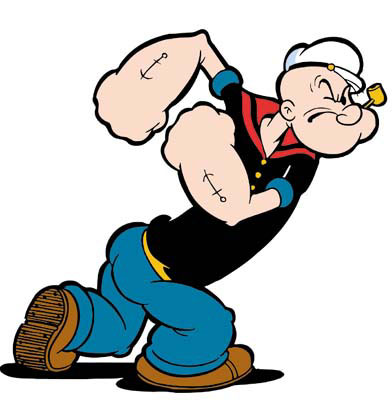
Popeye
Thimble Theatre was created by King Features Syndicate comic writer/artist E.C. Segar, and was his third published strip. The strip first appeared in the New York Journal, a newspaper operated by King Features owner William Randolph Hearst, on December 19, 1919 before later expanding into more papers. In its early years, the strip featured characters acting out various stories and scenarios in theatrical style (hence the strip's name).
Thimble Theatre's first main characters/actors were the thin Olive Oyl and her boyfriend, Harold Hamgravy. After the strip moved away from its initial focus, it settled into a comedy-adventure style featuring Olive, Ham Gravy, and Olive's enterprising brother, Castor Oyl. Olive's parents, Cole and Nana Oyl, also made frequent appearances.
Popeye


Popeye
The Popeye character became so popular that he was given a larger role, and the strip was expanded into many more newspapers as a result. Though initial strips presented Olive Oyl as being less than impressed with Popeye, she eventually left Ham Gravy to become Popeye's girlfriend-and Ham Gravy left the strip as a regular. Over the years, however, she has often displayed a fickle attitude towards the sailor. Castor Oyl continued to come up with get-rich-quick schemes and enlisted Popeye in his misadventures. Eventually he settled down as a detective and later on bought a ranch out west. Castor has seldom appeared in recent years.
Popeye

Popeye
Segar's strip was quite different from the cartoons that followed. The stories were more complex, with many characters who never appeared in the cartoons (King Blozo, for example). Spinach usage was rare and Bluto made only one appearance. Segar would sign some of his early Popeye comic strips with a cigar, due to his last name being a homonym of "cigar" (pronounced SEE-gar).
Thimble Theatre soon became one of King Features' most popular strips during the 1930s and, following an eventual name change to Popeye in the 1970s, remains one of the longest running strips in syndication today. The strip carried on after Segar's death in 1938, at which point he was replaced by a series of artists. In the 1950s, a spinoff strip was established, called Popeye the Sailorman. Acknowledging Popeye's growing popularity, the Thimble Theatre strip was re-named Thimble Theatre Starring Popeye during the 1960s and 1970s, and was eventually retitled, simply, Popeye, the name under which the strip continues to run.
Popeye











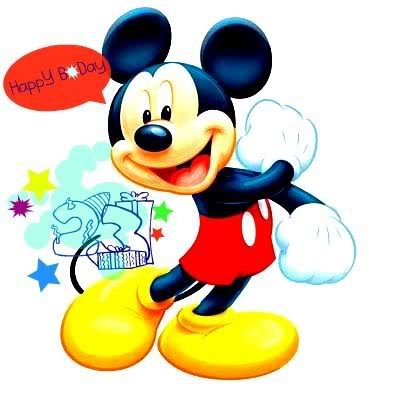

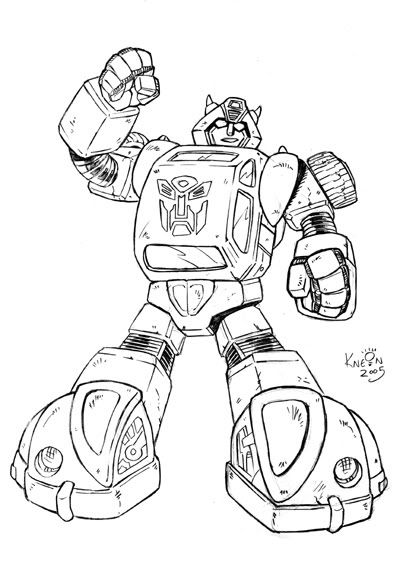

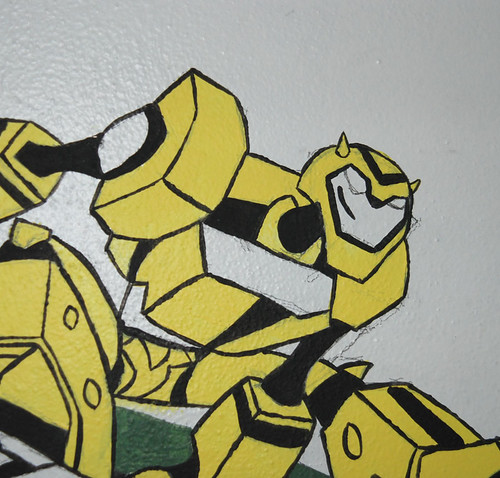
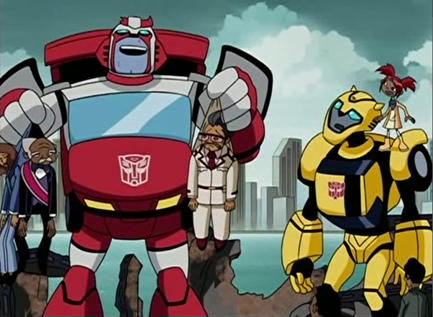
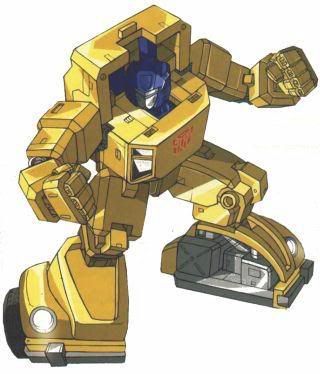

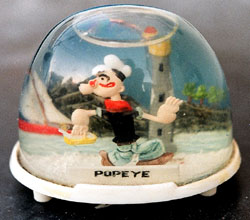

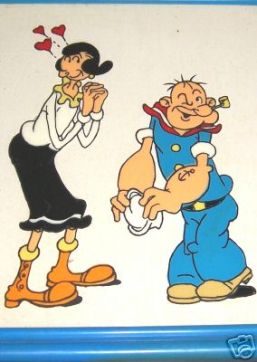


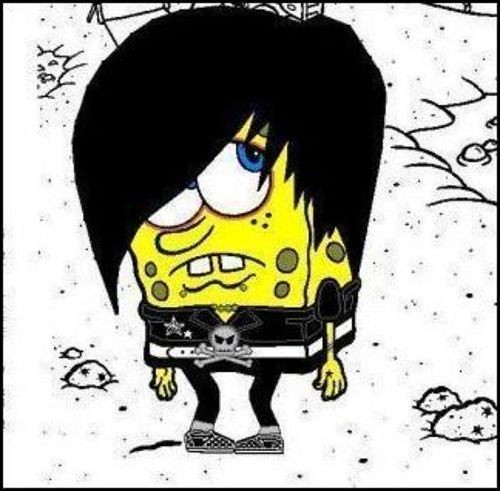


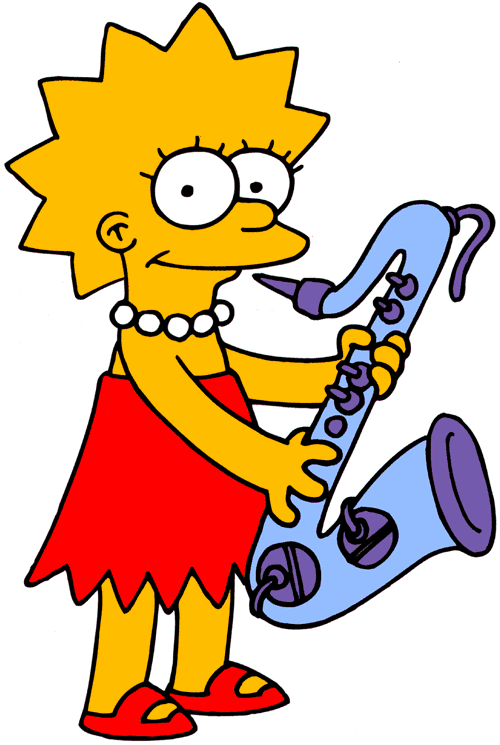

 SpongeBob SquarePants
SpongeBob SquarePants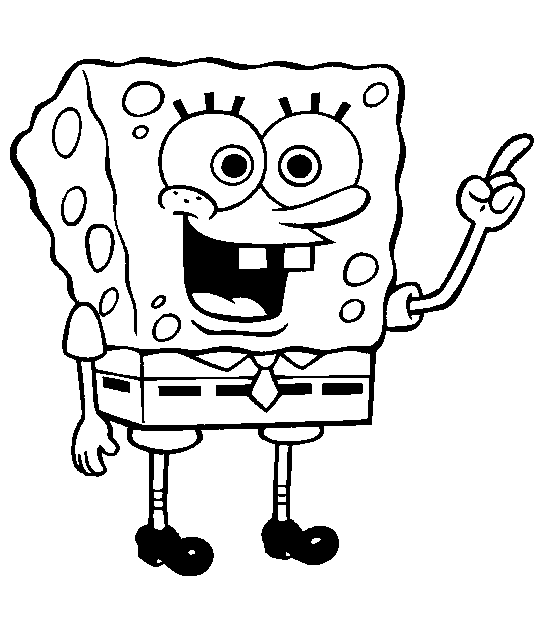





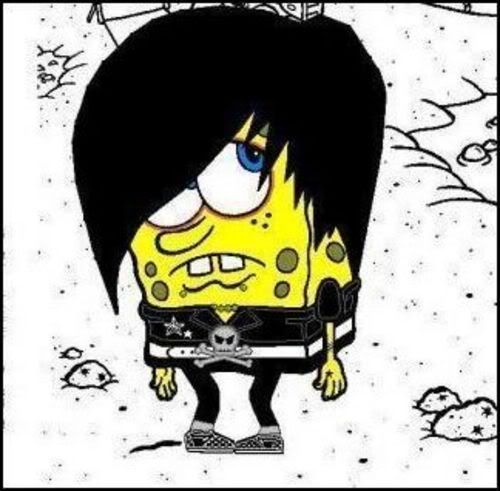

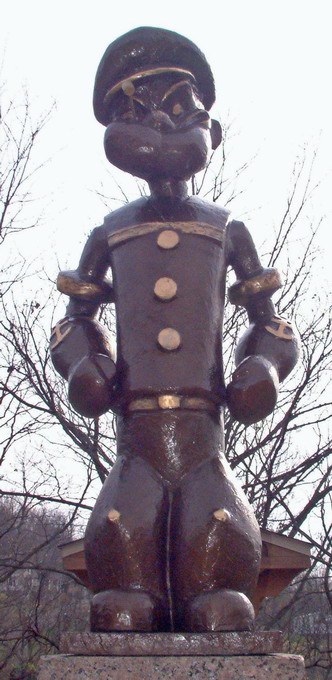
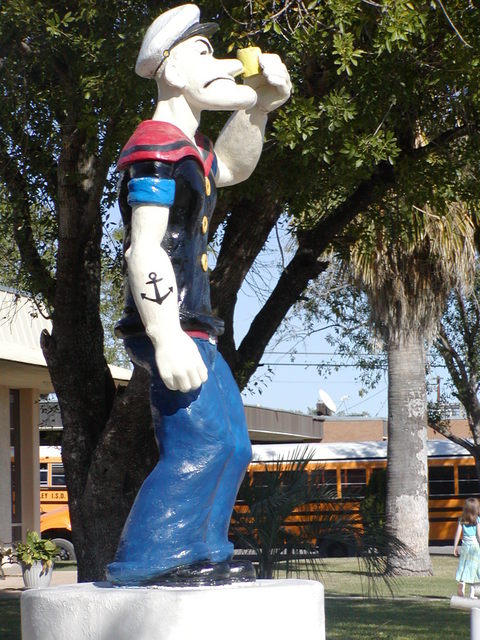
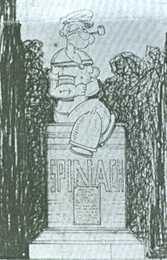
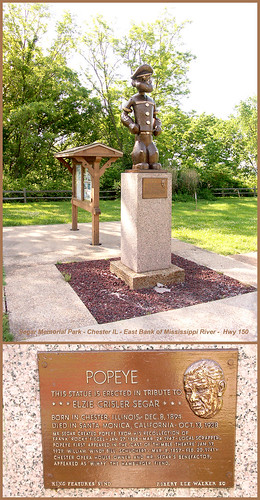
 Scooby Doo
Scooby Doo



